Edwin Herbert Land (May 7, 1909 – March 1, 1991) was an American scientist and inventor.
He is best known as the co-founder of the Polaroid Corporation.
He invented inexpensive filters for polarizing light, a practical system of in-camera instant photography, and the retinex theory of color vision, among other things.
His Polaroid instant camera went on sale in late 1948 and made it possible for a picture to be taken and developed in 60 seconds or less.
Edwin Land was born in Bridgeport, Connecticut to Martha (Goldfaden) and Harry Land, owner of a scrap metal yard; both his parents were of Eastern European Jewish descent.
Land attended the Norwich Free Academy at Norwich, Connecticut, a semi-private high school, and graduated in the class of 1927.
He studied chemistry at Harvard University. After his freshman year, he left Harvard for New York City.
In New York City, he invented the first inexpensive filters capable of polarizing light which he called Polaroid film.
His breakthrough came when he realized that, instead of attempting to grow a large single crystal of a polarizing substance, he could manufacture a film with millions of micron-sized polarizing crystals that were coaxed into perfect alignment with each other.
Land returned to Harvard University after developing the polarizing film, but he did not finish his studies or receive a degree.
In 1932, he established the Land-Wheelwright Laboratories together with his Harvard physics instructor, George Wheelwright, to commercialize his polarizing technology.
The company was renamed the Polaroid Corporation in 1937. Land further developed and produced the sheet polarizers under the Polaroid trademark.
A little more than three years later, on February 21, 1947, Land demonstrated an instant camera and associated film to the Optical Society of America.
Called the Land Camera, it was in commercial sale less than two years later. Polaroid originally manufactured sixty units of this first camera.
Beginning in the early years of the Cold War, Land played a major role in the development of photographic reconnaissance and intelligence gathering efforts.
In the 1950s, Edwin Land and his team helped design the optics of the revolutionary Lockheed U-2 spy plane.
Also in this decade, Land first discovered a two-color system for projecting the entire spectrum of hues with only two colors of projecting light (he later found more specifically that one could achieve the same effect using very narrow bands of 579 nm and 599 nm light).
In 1957, Harvard University awarded him an honorary doctorate, and Edwin H. Land Blvd., a street in Cambridge, Massachusetts, was later named in his memory.
In the early 1970s, Land attempted to explain the previously known phenomenon of color constancy with his retinex theory.
Despite the tremendous success of his instant cameras, Land's unsuccessful Polavision instant movie system was a financial disaster, and he resigned as Chairman of Polaroid on July 27, 1982.
In his retirement years, Land founded the Rowland Institute for Science. Land died on March 1, 1991 in Cambridge, Massachusetts, at the age of 81.
Source: Link
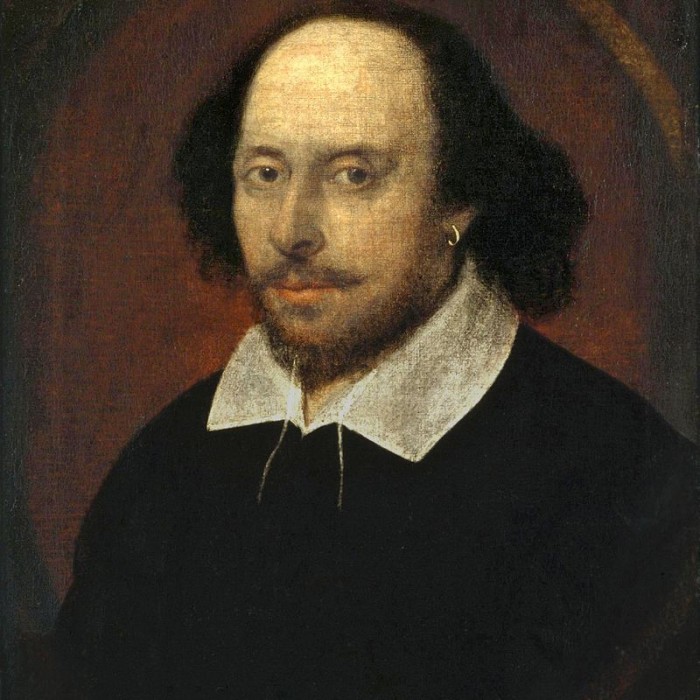
1564 - 1616

1803 – 1882

1854 – 1900
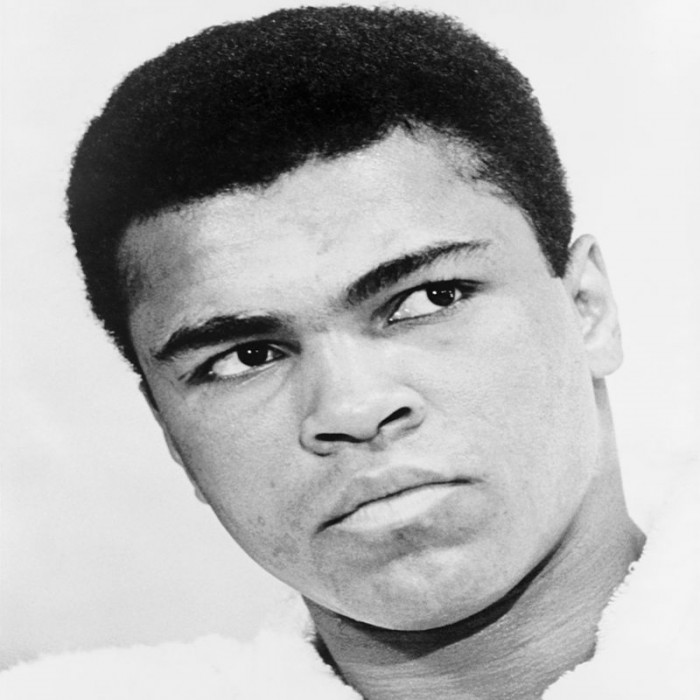
1942 – 2016
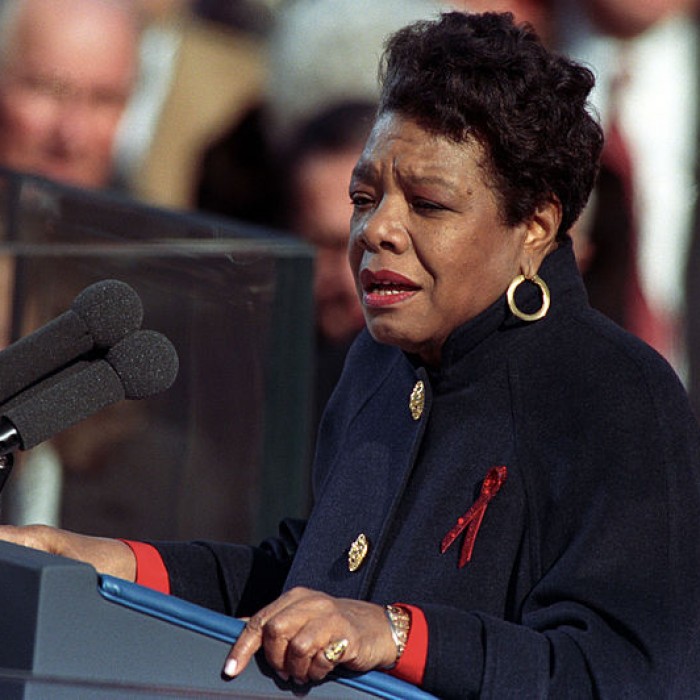
1928 – 2014

1835 – 1910

1869 – 1948
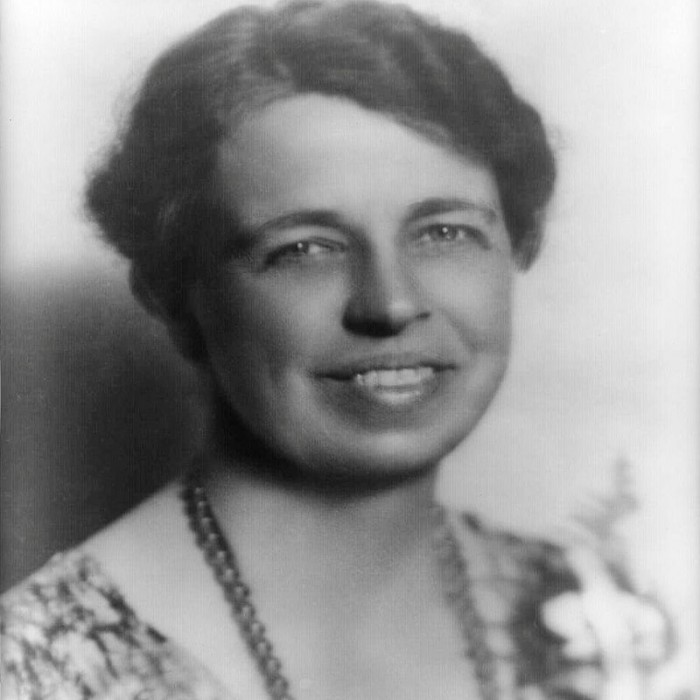
1884 – 1962
1898 – 1963

1929 – 1993
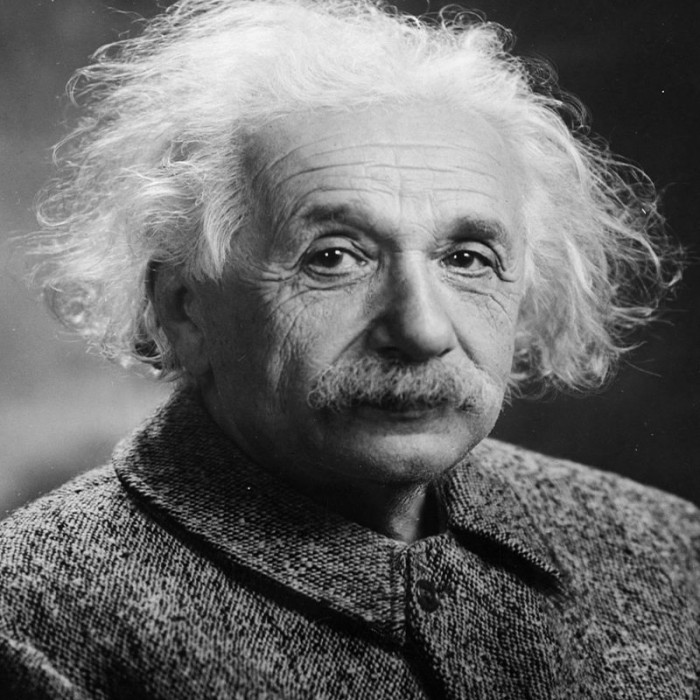
1879 – 1955

1809 – 1865
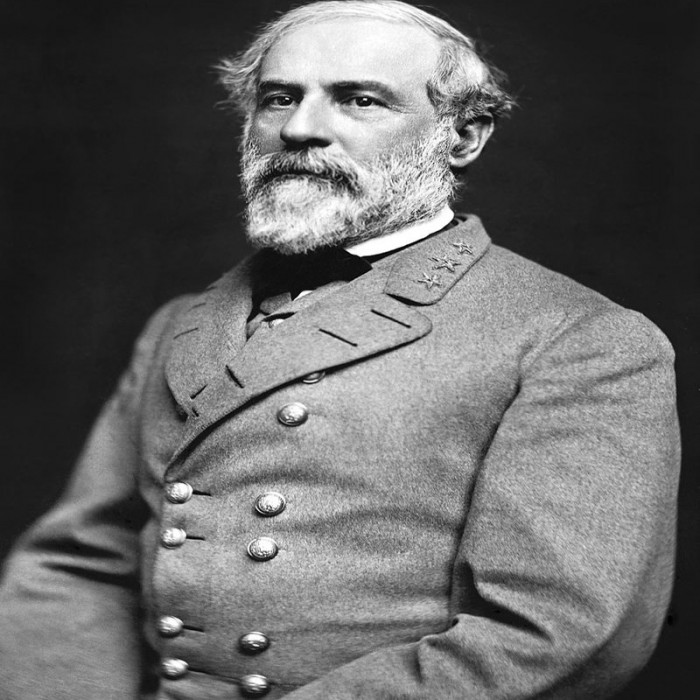
1807 – 1870

1800 – 1859
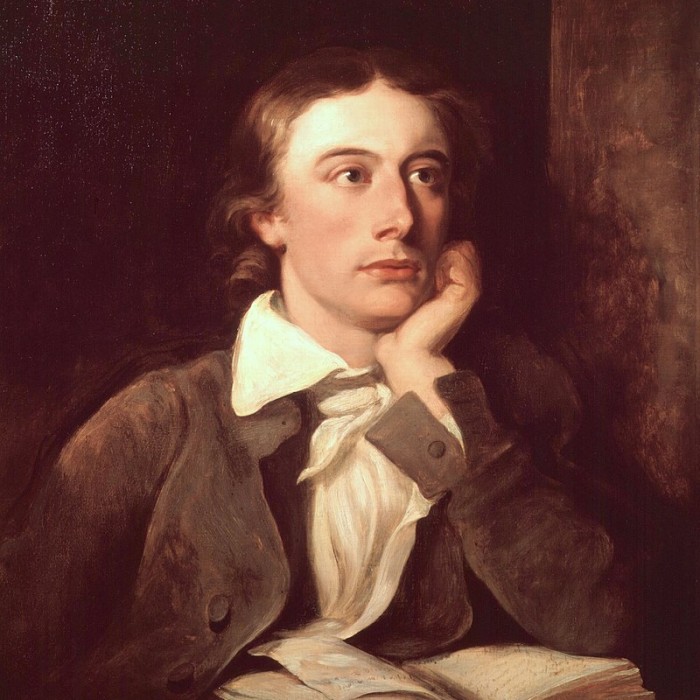
1795 – 1821
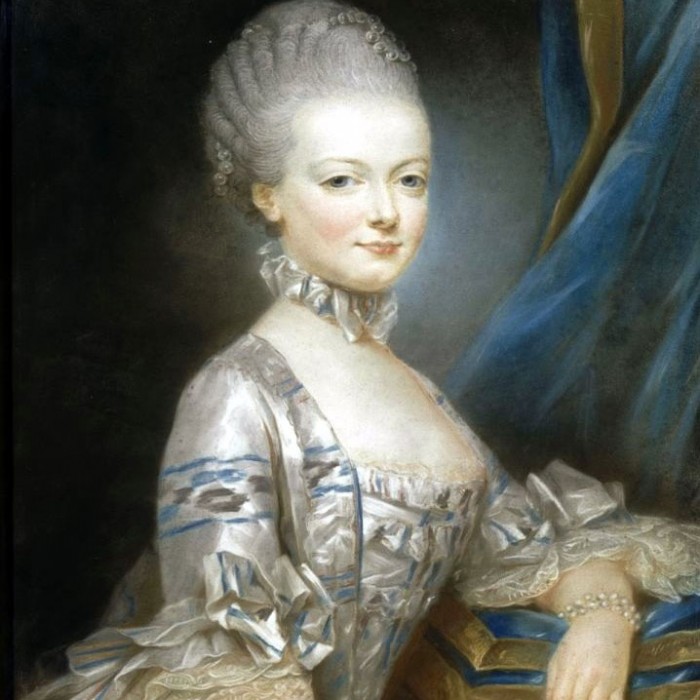
1755 – 1793

1984 -

1989 – 2011
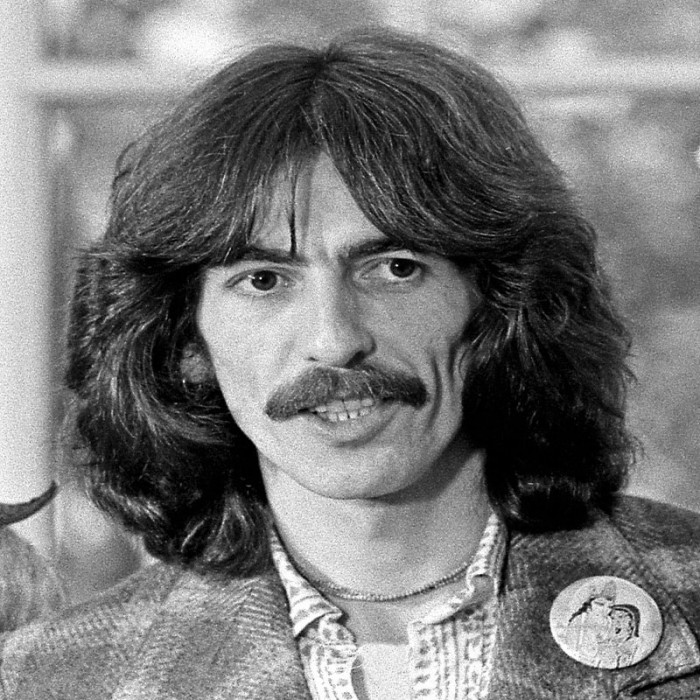
1943 – 2001

1815 – 1902

1929 – 1994

1767 – 1848
